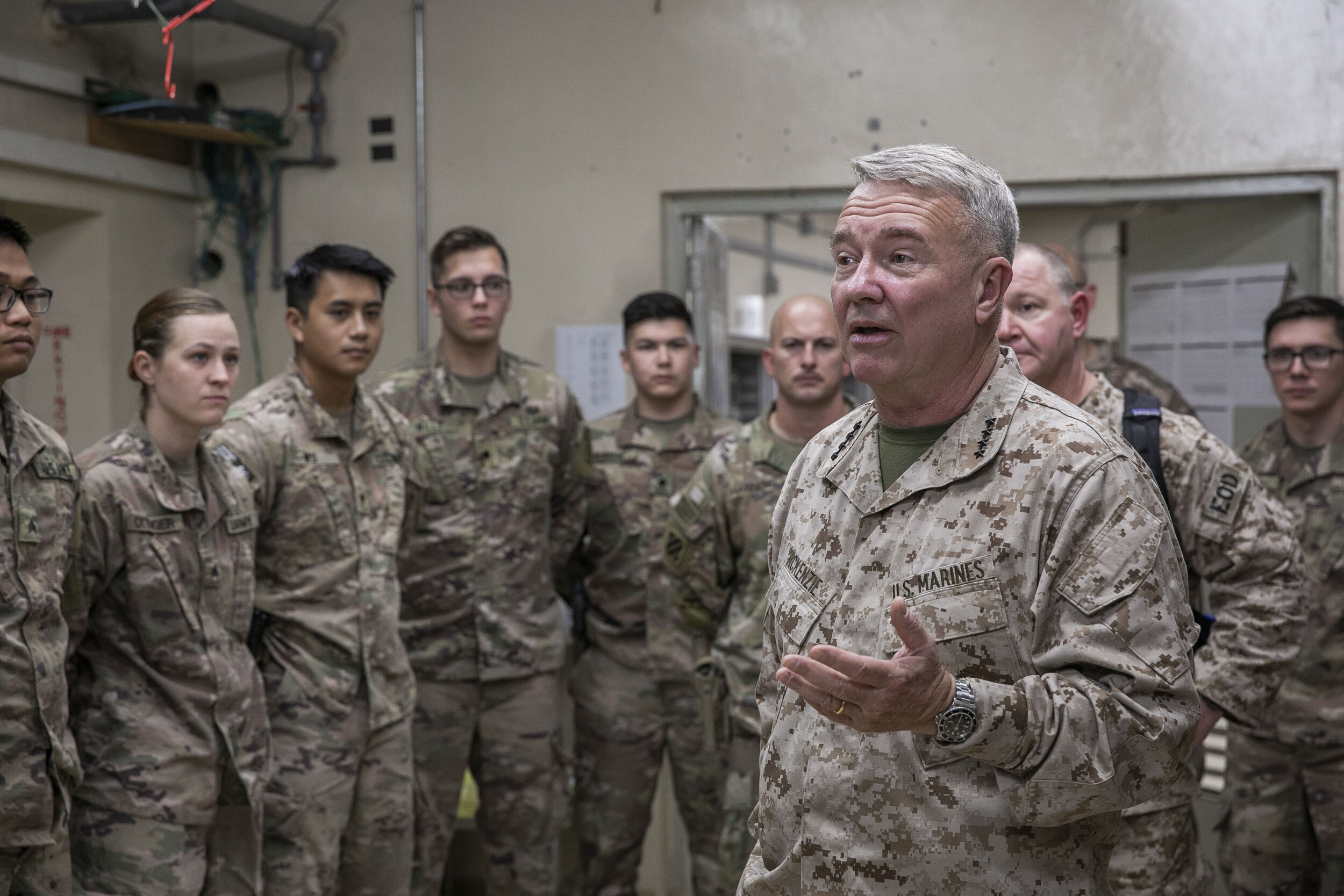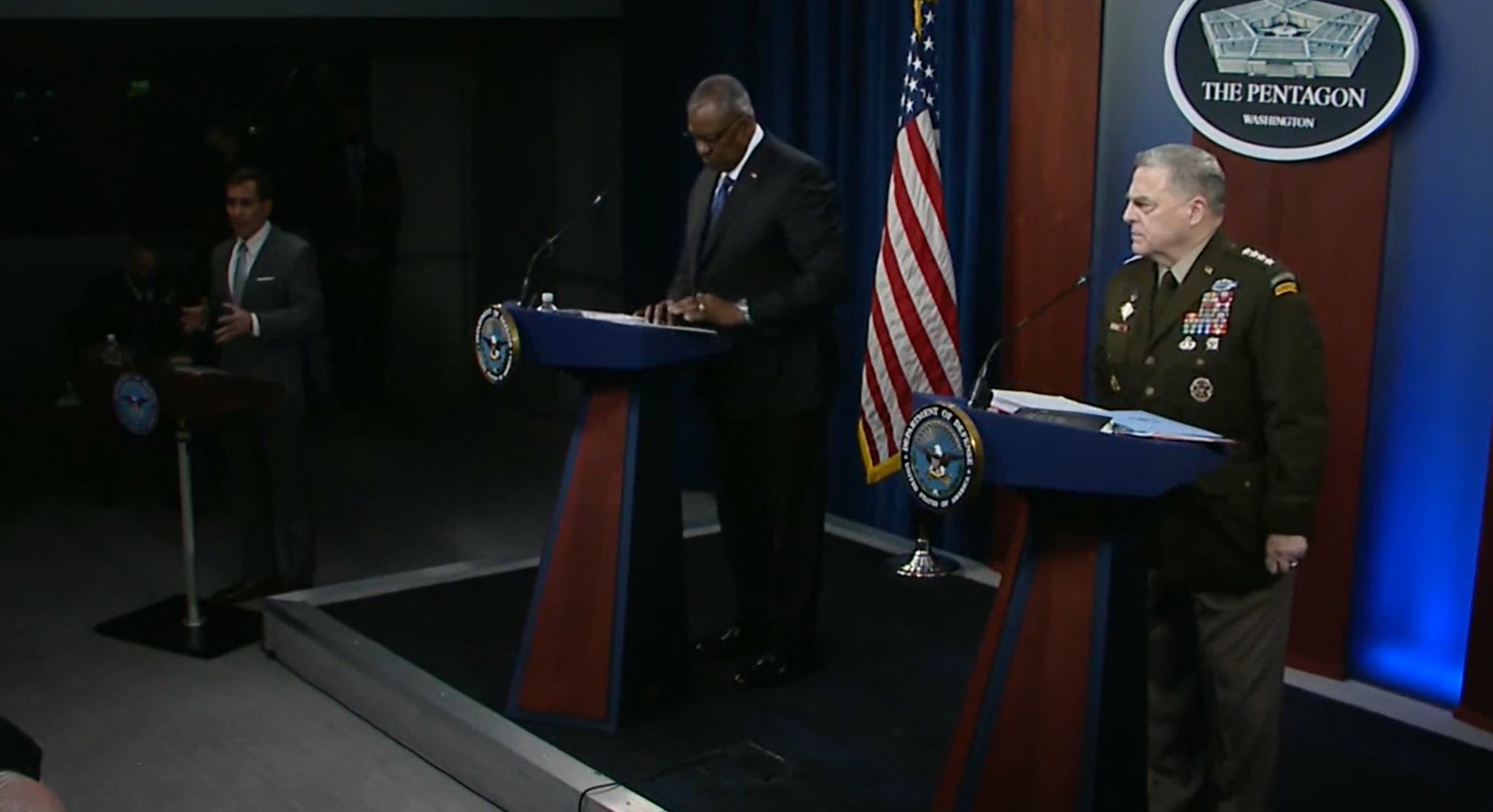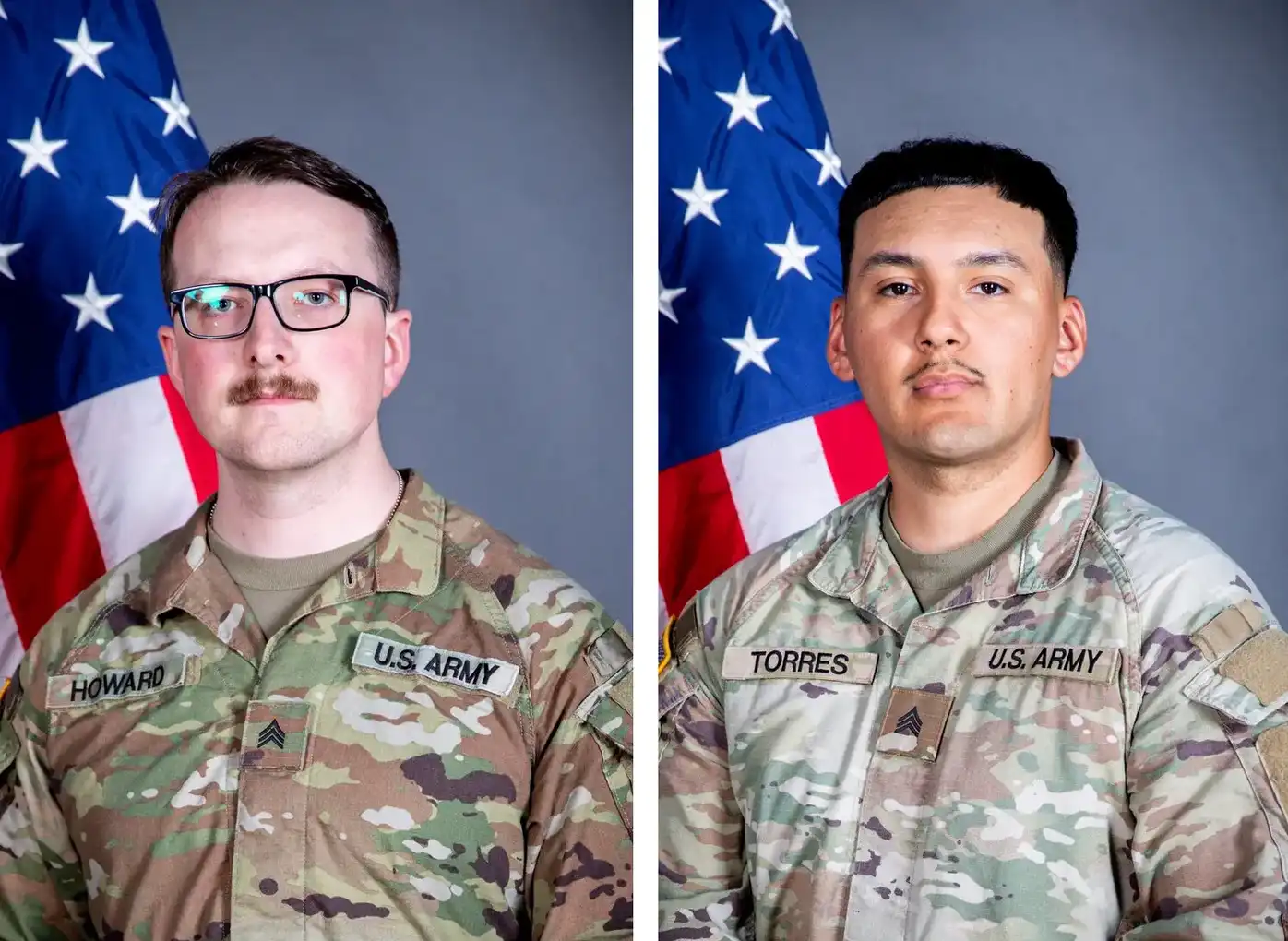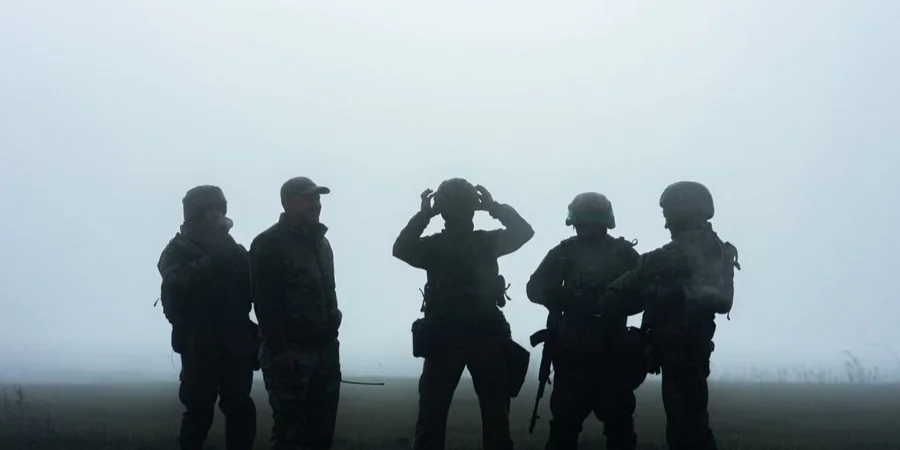AFGHANISTAN, May 11th, 2021. CENTCOM reports that between 6%-12% of the total military withdrawal in terms of equipment and personnel is completed, amounting to about 104 full C-17 cargo aircraft.
However the Middle-East/South Asia command is also looking for places to reposition assets in order to continue bombing and intelligence gathering operations in the country after the so-called withdrawal is completed by September.
Commander of CENTCOM, General Kenneth McKenzie, explained during an April Congressional testimony that the Pentagon will look elsewhere in Central Asia, send out diplomats, and consult regional partners about where CENTCOM might set up shop.
McKenzie noted that right now the U.S. has no base-hosting agreements with Uzbekistan, Tajikistan, or Kyrgyzstan.
When asked if Islamabad was under pressure to host U.S. forces, the foreign policy minister of Pakistan said “we do not intend to allow boots on the ground and no bases are being transferred to Pakistan”.
Pakistan has been the primary land route into land-locked Afghanistan for most of the nearly 20-year American invasion and occupation there, but a recent policy shift has the country’s elected officials negotiating exclusively with nations occupied with the business of peace.
PICTURED: CENTCOM Commander, Gen. Kenneth McKenzie.
Bombs for hire
The Greater Middle East as Andrew Bacevich describes it, is now a theater almost exclusively controlled by air power. Gone is the decade of on-foot patrols, of APCs hitting roadside bombs, and casualties in the hundreds per month. Bases like Al-Asad in Iraq, Bagram in Afghanistan, Al Tanf in Syria, are used more often as secure ports of arrival for visiting diplomats, or as walls and guns defending airstrips, than actual garrisons.
In place is an almost exclusive-reliance on air power both for combat and intelligence, as well as for R&D and contracting. McKenzie said that surveillance drones could be positioned in a way that they could be over Afghanistan “in a matter of minutes”.
McKenzie talked about a “variety of ways” to intervene, presumably against the Taliban, including long-range precision fire missiles, manned raids or manned aircraft.
“There are problems with all three of those options, but there’s also opportunities with all three of those options,” he said. “I can tell you that the U.S. military can do just about anything. And we’re examining this problem with all of our resources right now to find a way to do it in the most intelligent, risk-free manner that we can”.
With the administration’s interest in pivoting to other existing and potential battlefields, there’s no need to totally exit a battlefield, especially if its lethal effects are constrained to enemy irregulars, civilians, or American unmanned equipment.
William Arkin details in a piece for Newsweek recently
The American way of war enables both troop withdrawals and continued fighting because over two decades of continuous warfare, new capabilities have emerged that fundamentally reorder the calculus on the ground. Capabilities that didn’t even exist before 9/11—armed drones, autonomous precision strike, total surveillance, cyber warfare—have emerged and matured. But most important, The bulk of what sustains warfare in Afghanistan is located in the “safe” countries of the Middle East, even in Europe, and an increasingly larger proportion resides in the United States itself.
The lack of American casualties, the remoteness of the conflicts, the lack of political will to cancel these programs that often terrorize innocent civilian populations, and the money this particular way of war generates for companies like Raytheon, Lockheed Martin, Palantir, Boeing, Blackwater, Northrup Grumman, means there’s no desire to need to stop it.
PICTURED: From left to right, Sec. of Defense Lloyd Austin, and Joint Chiefs Chair Gen. Mark Milley.
On the ground
The Taliban have been conducting large coordinated attacks on Afghan National Security Forces positions now that the snow has receded and fighting season has recommenced. Certain checkpoints are reported to have been seized, but no major possessions have changed hands.
Chair of the Joint Chiefs, Gen. Mark Milley said in a press conference with Defense Sec. Lloyd Austin that the Pentagon were considering training Afghan Security Forces outside the country, while 6 B-52 long-range bombers, and 12 fighter-bomber aircraft had been moved into Afghanistan for additional security.
“We’ll continue to take a look at training them perhaps in another location,” he told reporters, saying “it’s possible” it could be done in another country, though Pakistan supposedly ruled that out already, and Tajikistan doesn’t maintain good relations with either the U.S. or Afghanistan.
When asked about further logistical or funding support for Kabul, Milley stressed the importance of their air force — entirely reliant as it is on U.S. infrastructure and money.
“But maintaining logistic support to the Afghan Air Force is a key task that we have to sort out doing it over the horizon, but also in country. It could be done by contractors,” he said. “A lot of that’s going to be dependent on the security conditions on the ground. But the intent is to keep the Afghan Air Force in the air and to provide them with continued maintenance support”.
Whether all of this is to combat the Taliban or to ensure that al-Qaeda doesn’t somehow regroup in Afghanistan after the U.S. leaves, or both, is unclear. Certainly those are the things which critics of Biden’s decision are citing as the imperatives for staying. It’s difficult to imagine after the last 20 years of American occupation, the Taliban would consider harboring al-Qaeda again, the terrorist group who planned the 9/11 attacks in hotels in Germany, in Florida, and in Indo-China.




